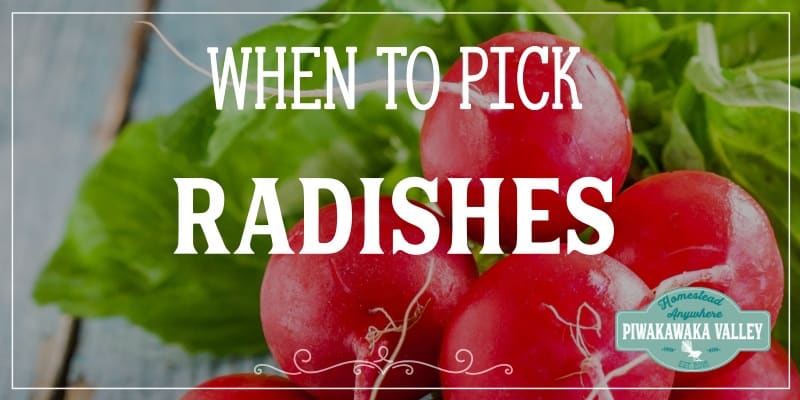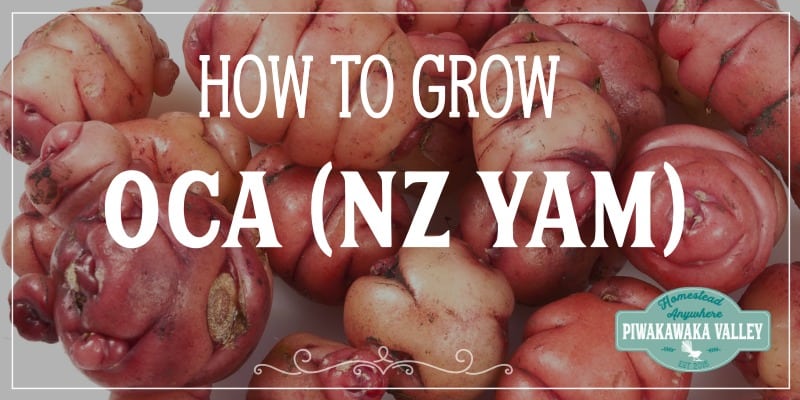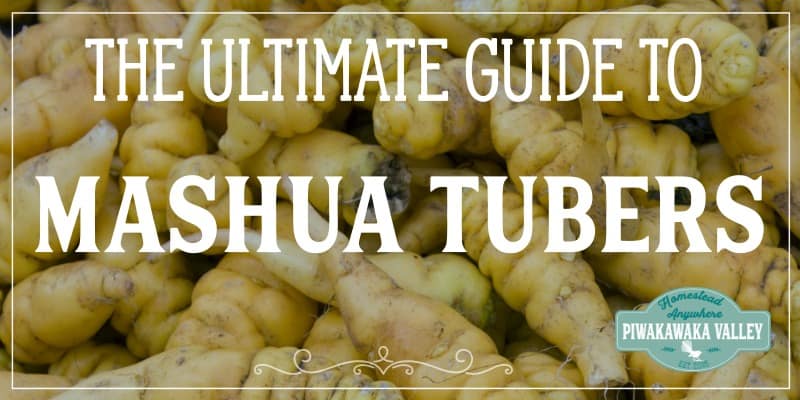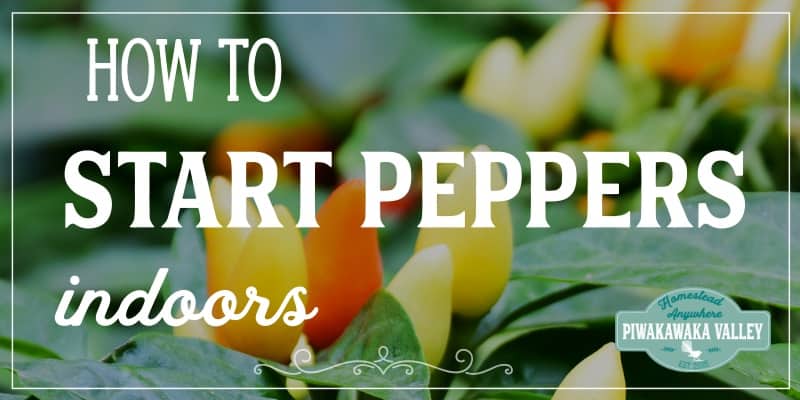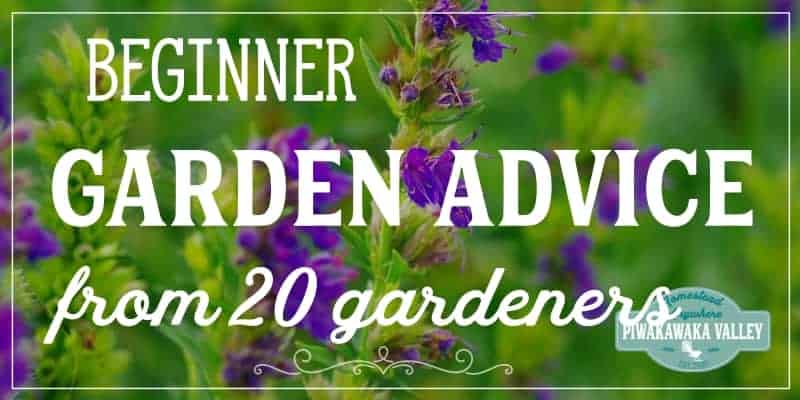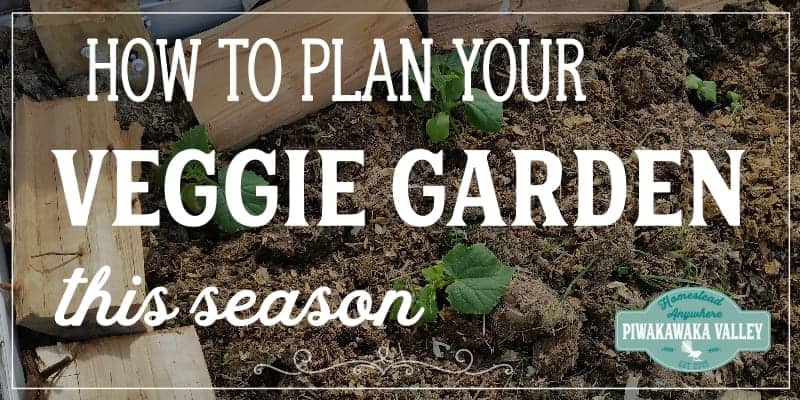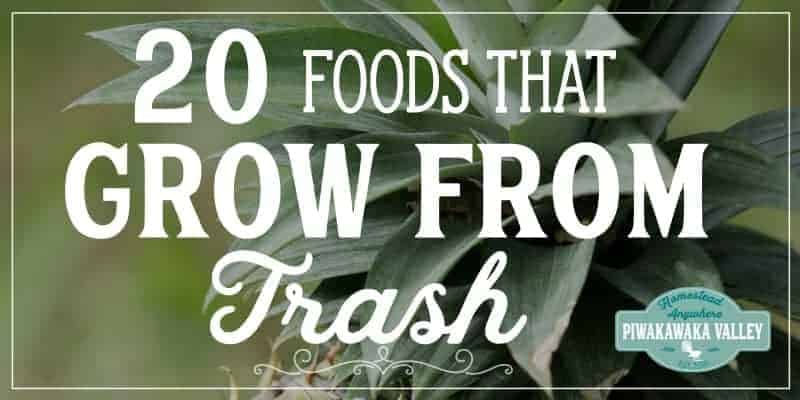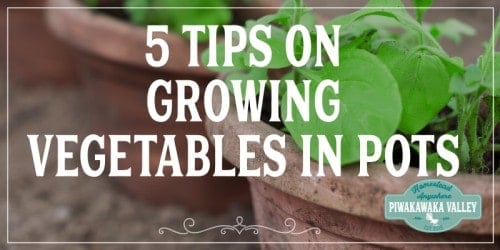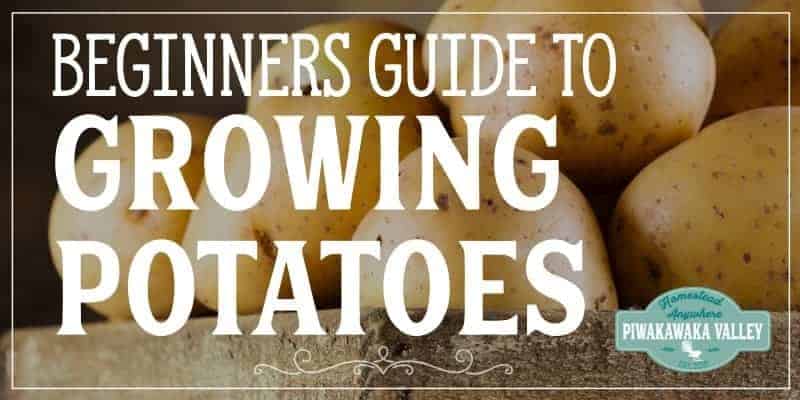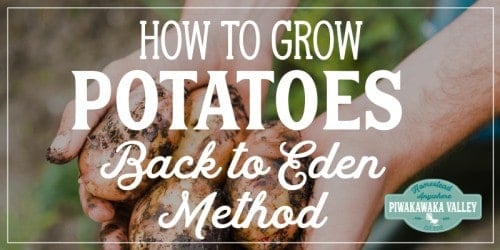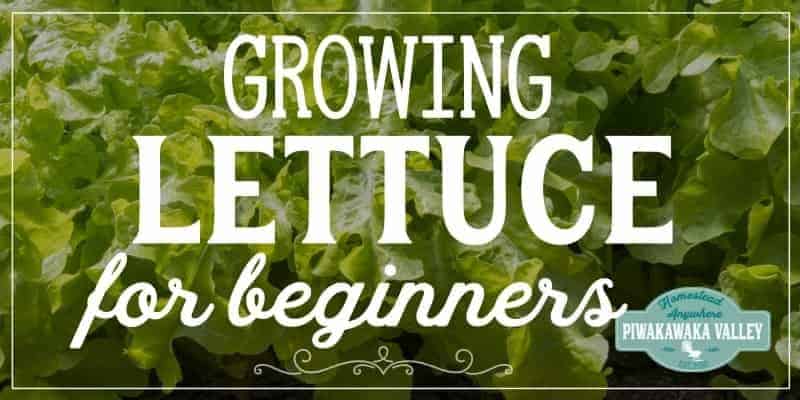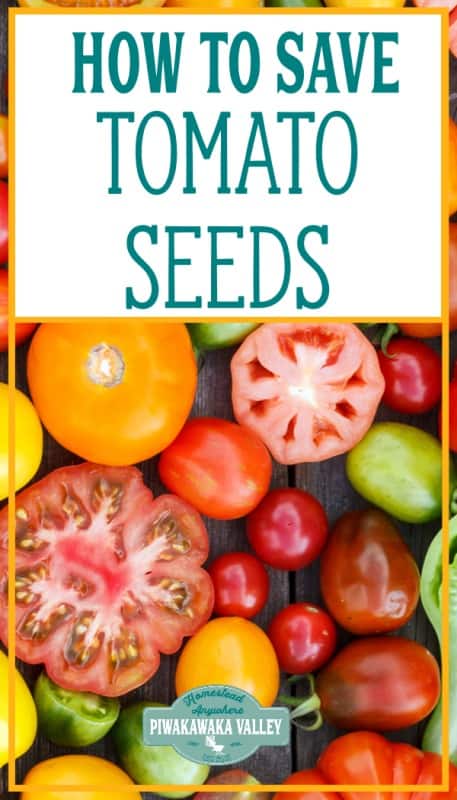If you are growing tomatoes this season, you might like to know how to save your own tomato seeds for future planting. Saving your own tomato seeds is very easy once you know the technique, and it means that you can grow your own tomatoes without having to buy seeds every year!
If you are like me, you will probably still buy a few types of tomato seed each season so that you can try new varieties, but once you have a core set of types of tomato plants that you like the taste of and that they grow well in your area, you might like to start keeping your own seeds each year.
Please read: This information is provided for educational purposes only and is not intended to treat, diagnose or prevent any disease. We encourage you to make your own health care decisions in partnership with a qualified health care professional.
This post contains affiliate links, this means at no extra cost to you, we make a commission from sales. Please read our Disclosure Statement
How to save tomato seeds for future planting
The steps are simple, and in a nutshell to save tomato seeds you simply select the best fruits, scrape out the seeds, ferment them for a week then rinse, dry and store. But first you must check if you can save the variety that you are growing…
1. Work out what type of tomato you are growing
There are 3 main different types of plants;
- Heirloom
- Open pollinated
- Hybrid
Heirloom tomatoes
These are older varieties that have been passed on for many generations. They are able to be grown from seed and they will grow ‘true to type’ meaning that the seeds from one plant will grow you another plant the same as the parent plant.
RELATED: How to know your heirloom tomatoes are ripe
Open pollinated tomatoes
These are not as old as heirloom or heritage tomatoes, but they are still able to have their seeds saved and they will grow true to type.
Hybrid tomatoes
Hybrid plants are where both parent plants are different and they have been deliberately crossed together to give a plant with certain attributes.
Hybrid seeds do not usually grow true to type as the parents were different, so seeds saved may tend towards one parent or the other. Hybrid seeds are also not always fertile. However, if you have the space sometimes it is worth a try!
RELATED: 10 tips for better tomatoes
2. Choose the best fruit
Find your plants that have done the best for you. You want to find the ones that:
- Grew vigorously
- Fruited heavily
- Had lovely fruit
- Has not been diseased
- Avoided pests
These are your strongest specimens. Choose fruit that is well formed, of good size and shape and is very ripe. If it is not yet fully ripe you can pick your fruit and leave it somewhere warm and sunny for a few days to get it fully ripe before you harvest the seeds.
3. Cut the fruit
You will want to cut the fruit through the middle horizontally rather than the more common vertical cut. This means that you will cut through all the seed sack areas making them easier to access.
RELATED: 20 ways to use up excess tomatoes
4. Scrape the jelly
Squeeze the fruit to squish out the jelly and use a teaspoon or knife to scrape out the seeds and the accompanying jelly. Put these in to a jar or bowl and cover them with water.
5. Ferment for 7 days
Sit the jar or bowl on the countertop for 7 days. Cover the top to keep the fruit flies away and stop moths from landing in there.
6. Strain and rinse
After 7 days (or so) you will have a murky looking liquid that may or may not have a white film on the top. This white film is kahm yeast which is harmless.
Tip your seeds in to a strainer and rinse them well with running water. This will wash off any remaining jelly. If your seeds are very small, you might like to do this through butter muslin instead of a sieve.
7. Dry well
Pour your seeds onto a coffee filter or piece of parchment / baking paper and label them well. Sit your seeds somewhere warm and sunny to thoroughly dry.
RELATED: How to grow a self sufficient garden in a small space
Do tomato seeds need to be dried before planting? Can you plant seeds from a fresh tomato?
No, if you plan on planting immediately, then you can use your seeds fresh from a tomato. They are, however more difficult to separate one from another while they are covered in jelly and they are more likely to mould if you store them for any amount of time.
You can, in theory store fresh seeds in the freezer to plant again later, but this method of cleaning and drying seeds will give you a vastly superior result for very little actual work.
RELATED: Why didn’t my tomatoes grow right?
Where should I store tomato seeds?
Once totally dried, separate the tomato seeds by rubbing them between your fingers and place them in to a well labeled paper envelope.
Avoid storing seeds in plastic as if they are not totally dry then you will find they get mouldy.
Another option is to save your seeds in a jar with a lid.
Then you should place your seeds in a cool, dark environment. for longer storage place them in the fridge.
How long do tomato seeds last or store for?
Properly processed and stored seeds will last for years. It is generally recommended that you used your seeds within 2 years from saving them.
But 100 year old seeds have been successfully germinated before by MI Gardener on YouTube, so another year or two would probably be fine.
How do you check viability of saved tomato seeds?
If you are unsure if your seeds are too old, or if hybrid seeds are going to sprout you can check their viability easily.
Simply place 5-10 seeds between 2 damp paper towels, fold it up and sit it in a plastic bag or sealed glass jar for 10 days somewhere where the temperature is over 21C/70F.
If temperature is kept consistently and sufficiently warm, your tomato seeds will usually germinate within 5 to 10 days. Best to keep temperature range 70 to 80F (21 to 27C). The lower the temperature the slower the germination. However, temperatures below 50F (10C) or above 95F (35C) are poor for germination of tomatoes.
After 10 days unwrap your seeds and look closely for signs of germination. You can then place the germinated seeds in to soil, or discard them and start again with seeds in soil.
If you would like help getting the most out of your garden, I would love to help you, find out more here
RELATED: Free Gardening Resources
If you like tips on frugal living, self sufficiency and consuming less, sign up to our newsletter below, I would LOVE to have you
For further reading, I also recommend all of these books. I own every one of them and they are amazing resources!






